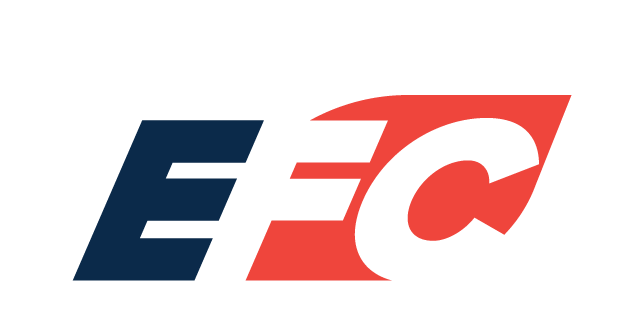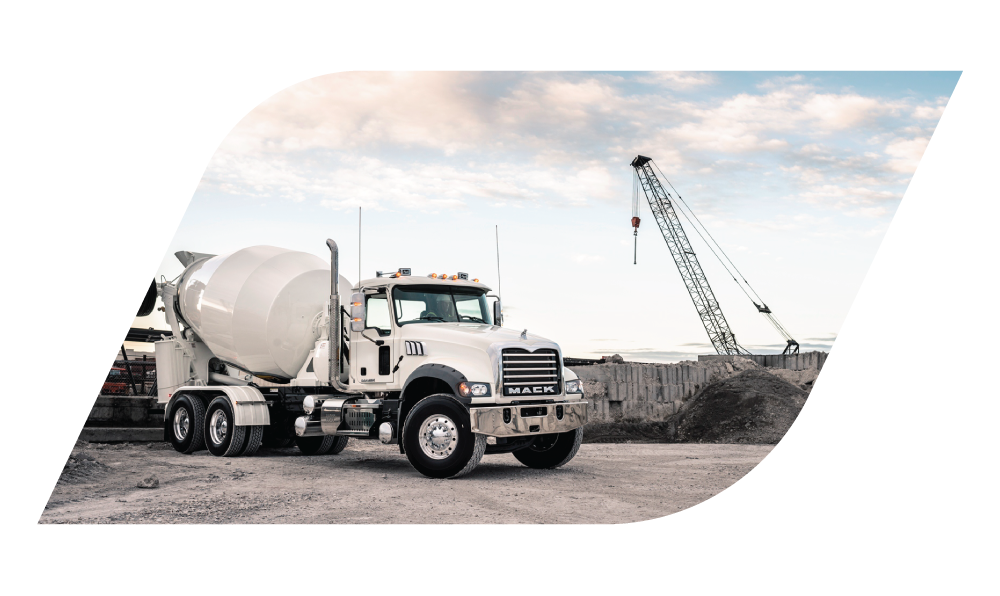If you have just launched your new business, one of your biggest priorities will be acquiring the right equipment to operate your budget with your available budget. Being a start-up, you most likely do not have a large amount of liquid capital available to make large, one-off purchases of equipment.
Whether you are in hospitality, office, manufacturing, or aviation, the right equipment can determine the success of your business, so, investing in this equipment is absolutely necessary. Equipment, however, can be incredibly expensive. Aviation requires aircraft, transportation requires trucks and a manufacturing business requires plant machinery. This is certainly not one that you can and even should buy in cash.
We thought we would take an in-depth look at one of your equipment financing options; leasing. In this article, we unpack what leasing is, why leasing equipment is a great option for your start-up, and how you can go about leasing equipment.
What is Equipment Leasing?
Essentially, equipment leasing is a financing option that is available to companies, taking the strain off the start-up of making a large, one-time purchase. They are similar to rentals, where the risk is taken off both the lessor and the lessee, but are more complex in structure.
A lease is a contract, with set terms that are agreed upon at the outset of the agreement. The lessor will hold the title of the equipment and owns the equipment throughout the duration of the lease. Depending on the type of lease that is signed, the lessor can purchase the equipment at the end of the lease, re-lease it, or return it to the lessor.
The lessor will pay, in equal monthly installments to use the equipment over a period of time and continue to use working capital for the day-to-day operations of the business. Because the lessor owns the equipment throughout the duration of the lease, the actual equipment is used as collateral in case of the lessee’s failure to pay for the equipment.
The Components of a Lease
Now that we know what a lease is, let’s take a look at the main components that make up a lease, and what you can expect to sign-up for.
Lease Duration
This is the length of time that the lease is signed for and will be determined by the company’s needs. Should the company need a large piece of equipment that will last them a significant period of time, a longer lease can be instituted. For a smaller business, with rapidly changing needs, and equipment that becomes redundant quickly, shorter leases are favorable.
Payment Amount
This is the agreed amount that will need to be paid monthly over the duration. It will be set by the lessor, but the lessee will need to establish when signing whether the cash flow will be able to meet the payments as well as the interest. The agreed amount will also include the residual amount should the lessee be taking ownership of the equipment at the end of the term.
Financial Terms
These are the terms that determine when the first and last payments are due, the date of due payments, and the penalties for late payments.
Tax, Maintenance, and Insurance Responsibilities
This will be determined by the type of lease that is agreed upon. In the case of a capital lease, for example, because the lessor will be purchasing the equipment at the end of the term, they will be responsible for these costs. An operating lease on the other hand will put the responsibility of these costs on the lessor as they will either retrieve the equipment at the end of the term or re-lease it.
Cancellation Provisions
Every agreement requires a cancellation clause to be included. Capital leases, which are instituted for the lessee to eventually purchase the equipment, however, are usually non-cancellable.
In the case of either the lessor or the lessee not meeting their obligations, there are clauses that allow for such cancelations to be made. These do usually come with penalties, but these penalties will be disclosed at the outset of the lease and will be able to be absorbed into the risk appetite of the company.
Market Value of Equipment
The market value will need to be stated in each lease, especially a capital lease, where the lessor will be most likely paying a residual according to the fair market value. But this amount is also important to determine the monthly payments, interest, and insurance costs.
Lessee Renewal Options
In the case of an operating lease, these options will need to be indicated should the lessee need to continue using the equipment at the end of the lease. They may want to reduce the monthly cost, or even have an opportunity to purchase the equipment.
The Numbers Behind Leasing
As a small business owner, you will need to know exactly how leased equipment needs to be reported in your books and where you need to put them on the balance sheet. It is also important to know the tax implications of a lease, and whether they are tax-deductible or not.
In order to know this, you need to establish which type of lease you will be signing for. As mentioned previously, a capital lease is one that is usually used for larger equipment, where the lessee will be taking over ownership of the equipment at the end of the term. An operating lease will end with the lessor returning or even re-leasing the equipment. So, they will have different financial implications.
A Capital Lease
Because this type of lease is similar to a loan and will result in the ownership of the equipment, it will be categorized under liabilities as a loan. It is reflected in the income statement as an expense and the market value of the equipment, which is reflected on the lease will be recorded on the balance sheet as an asset.
It is, however, not tax-deductable like the operating lease is, due to the fact that the lessee will eventually be owning the asset and will take on the full residual value. As mentioned, insurance and maintenance costs will be the lessee’s responsibility.
The Operating Lease
This type of lease is ideal for smaller businesses that are leasing items for operational purposes like cars, IT equipment, hospitality equipment, and even property. These are leases that are used for equipment that evolves quickly and becomes redundant in a few months or years.
This lease is treated as an operating expense on the balance sheet. Because the equipment is not, and will most likely not be owned by the lessor, it will not be recorded on the balance sheet as an asset at all, unless a capital lease agreement is entered. In the same breath, it won’t need to be considered a debt and the depreciation of the equipment won’t need to be recorded.
This type of lease is usually 100% tax-deductible, and the interest that you pay per month will also be tax-deductible. This usually means that you can write off a large chunk of the payments to the business.
Is Leasing A Good Option for Your Start-Up?
As a start-up business, you might be wondering whether leasing is the best option for you. As a rule of thumb, yes, leasing may be one of your least risky options to acquire the new equipment that you really need to operate your business, especially if you lack the initial capital needed to purchase it.
We took a look at how leasing could benefit you as a start-up.
Less Financial Risk
As mentioned before, leasing reduces the risk of the upfront capital needed for the equipment. This working cash-flow can rather be used for day-to-day expenses in the company, like wages. But it also reduces the risk to the company in tough financial times. As we have seen with COVID-19, your economic well-being can change somewhat unexpectedly, so it is advisable to have money in the bank while paying monthly installments on equipment.
It will also take a great strain off of your working capital. A large sum of money to buy equipment could be incredibly risky as your working capital could be better used for day-to-day operating expenses like wages, and emergency funds for tough financial times.
A lease rather allows you to stretch out a payment over a number of months and allows your company to absorb the risk. In most cases, the interest of the lease will be written off to the company, meaning less risk for it.
There is Greater Flexibility and Room to Upgrade
As a start-up, your equipment needs are likely to rapidly evolve. If you are in an industry where technology becomes redundant quickly, a lease is a better option for your company to keep up with your changing equipment needs.
Take your IT equipment, for example, like your laptops that you work off of. Laptops, printers, and office equipment usually have a lifespan of around one or two years. From then, their performance will start being impacted, and there will be more advanced technology on the market that will suit your needs. Leases, especially operating ones, allow you to either upgrade or re-lease the equipment at the end of the period.
Leases are also one of the more flexible financing options as the lessor is more likely open to negotiating the terms, monthly payments, interest rates, deposits, and residuals. In certain cases, you can also negotiate the maintenance and insurance responsibilities for particular leases.
They Are Easy To Apply For
One of your greatest concerns as a start-up may be the fact that you have little to no credit history. In most cases, this will negatively affect how lenders look at you and view your organization when it comes to providing you with financial aid.
In the cases of leases, however, lessors are more open to providing equipment and leases to start-ups due to the fact that they are leasing their own equipment and using it as collateral. They are more likely to take your personal credit history and financial status into consideration to provide you with the lease.
The process itself is also incredibly easy to go through. Not only are leases usually approved within 24 hours, but many of them can be done online and approved with a few checks.
Let’s Talk About Tax
We touched on the tax aspect earlier, and we highly recommend that you hire a registered tax accountant when you sign a lease. Leasing equipment has much higher tax benefits than buying outright, so make sure you have someone on your side to really reap the rewards.
Because you don’t own the equipment, you won’t need to report the depreciation value of the equipment as a capital cost, and because the payments are tax-deductible, you don’t have to pay additional tax at the end of each year for the machine.
Leasing equipment means that you can also write off a machine that depreciates over time quicker as well as avoid the taxes on the initial up-front costs of a cash sale.
Wrapping Up
If you are considering leasing equipment for your start-up business, we highly recommend that you do enough research into the agreement to ensure that your risk is as low as possible throughout the entire term.
Spend some time getting to know the various financing companies in order to ensure that you have a reputable and trusted lessor on your side who is transparent and accountable. If you can, negotiate the terms of the lease to ensure that you get as much value out of it as possible, and always look for options to upgrade once the lease is complete, or whether you can purchase the equipment at the end of the term if necessary.
Lastly, get a good tax consultant on your side, or a registered accountant to get as much as you can out of the lease!

